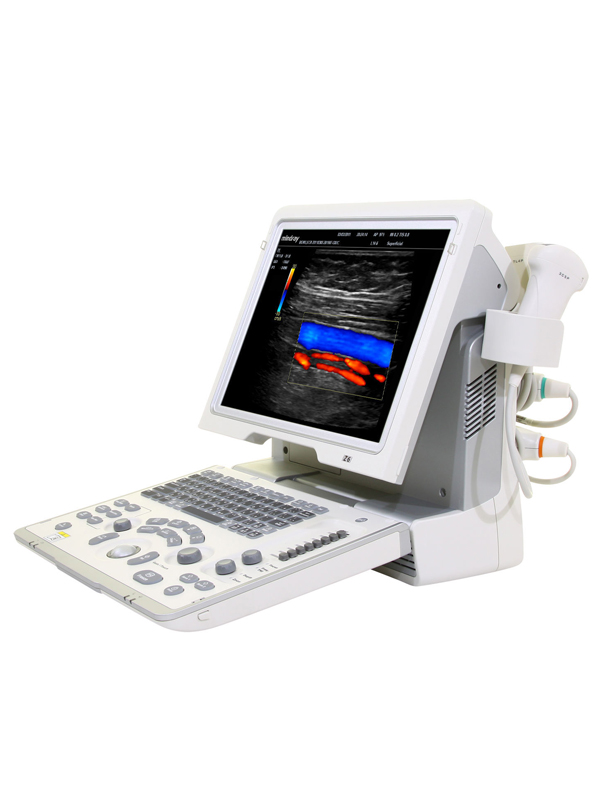Ultrasound Scanner is sound waves with frequencies higher than the upper audible limit of human hearing. Ultrasound Scanner is no different from ‘normal’ (audible) sound in its physical properties, except in that humans cannot hear it. This limit varies from person to person and is approximately 20 kilohertz (20,000 hertz) in healthy young adults. Ultrasound devices operate with frequencies from 20 kHz up to several gigahertz.
Ultrasound is used in many different fields. Ultrasonic devices are used to detect objects and measure distances. Ultrasound imaging or sonography is often used in medicine. In the nondestructive testing of products and structures, Ultrasound Scanner is used to detect invisible flaws. Industrially, ultrasound is used for cleaning, mixing, and to accelerate chemical processes. Animals such as bats and porpoises use ultrasound for locating prey and obstacles.[1] Scientist are also studying ultrasound using graphenediaphragms as a method of communication.
Humans
The upper frequency limit in humans (approximately 20 kHz) is due to limitations of the middle ear. Auditory sensation can occur if high‐intensity ultrasound is fed directly into the human skull and reaches the cochlea through bone conduction, without passing through the middle ear.[4]
Children can hear some high-pitched sounds that older adults cannot hear, because in humans the upper limit pitch of hearing tends to decrease with age.[5] An American cell phone company has used this to create ring signals supposedly only able to be heard by younger humans;[6] but many older people can hear the signals, which may be because of the considerable variation of age-related deterioration in the upper hearing threshold. The Mosquito is an electronic device that uses a high pitched frequency to deter loitering by young people.







Reviews
There are no reviews yet.